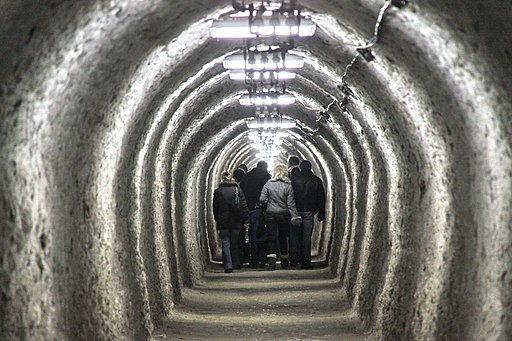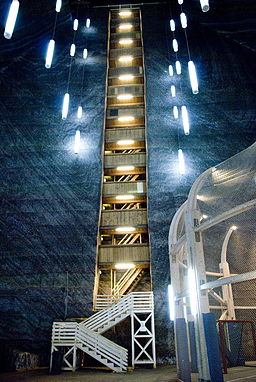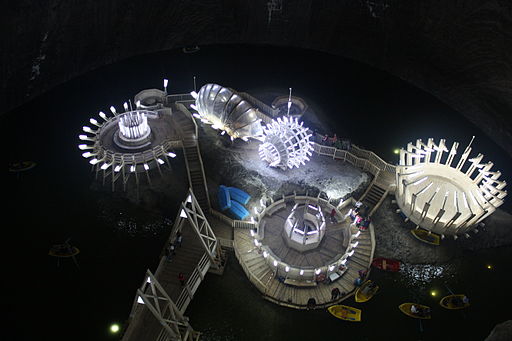George Johnston, a barman in Dartmouth, Devon in England, captured something pretty weird at a corner called Deadman’s Cross. The location, shown here in Google Maps, doesn’t look like much, but at about noon from a perspective across the street this collection of street signs and a light puts out a very disturbing shadow. Here is Johnston’s original picture from Facebook, showing what appears to be man hanging from a post. What’s even stranger is that this intersection is called Deadman’s Cross because it used to be the sight of executions!

Obviously, this is just a strange trick of the light combined with pareidolia, our predilection for seeing meaningful patterns. (This has been sited as our reason for seeing people on Mars.) But is something like this really just a coincidence? After all, this picture has generated a lot of interest in this intersection. Perhaps this curiosity will cause someone to dig deeper into the history of these executions and people may be remembered who were otherwise lost to obscurity.
I was able to find little information about the history of Deadman’s Cross, and now I’m interested.
Shadows are fascinating. Several artists have harnessed them in bizarre works of art. Take some time to view this amazing exhibit by Tim Noble and Sue Webster who use light and artistically arranged piles of junk to create haunting images.
And who could forget this famous shadow moment from Nosferatu?
Of course, shadows cannot really harm us. They can only make us remember and imagine. Here’s hoping that you see angels in your shadows today.



















